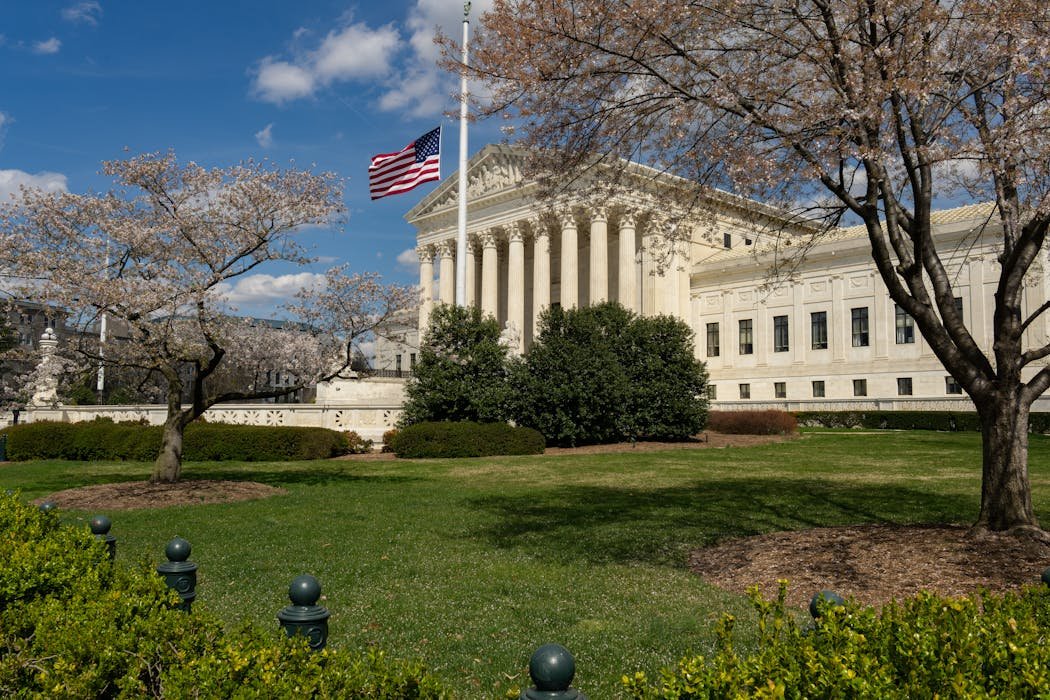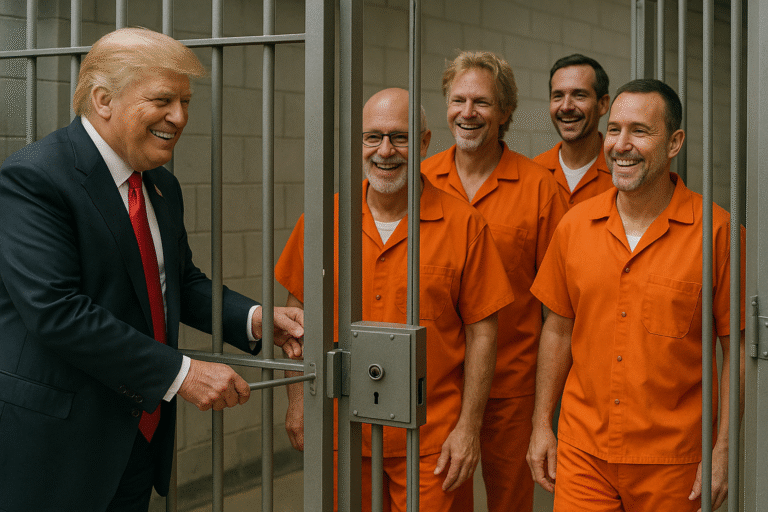If you thought the Supreme Court had left behind the dramatic flair of deciding who gets to love whom or, in this case, how one navigates their own identity, welcome to the latest episode of Who Decides?. This time, Chief Justice John Roberts reprises his role as the star of democracy’s reality show, “Let’s Leave It to the Legislators,” while the court debates Tennessee’s ban on gender-affirming care for minors.
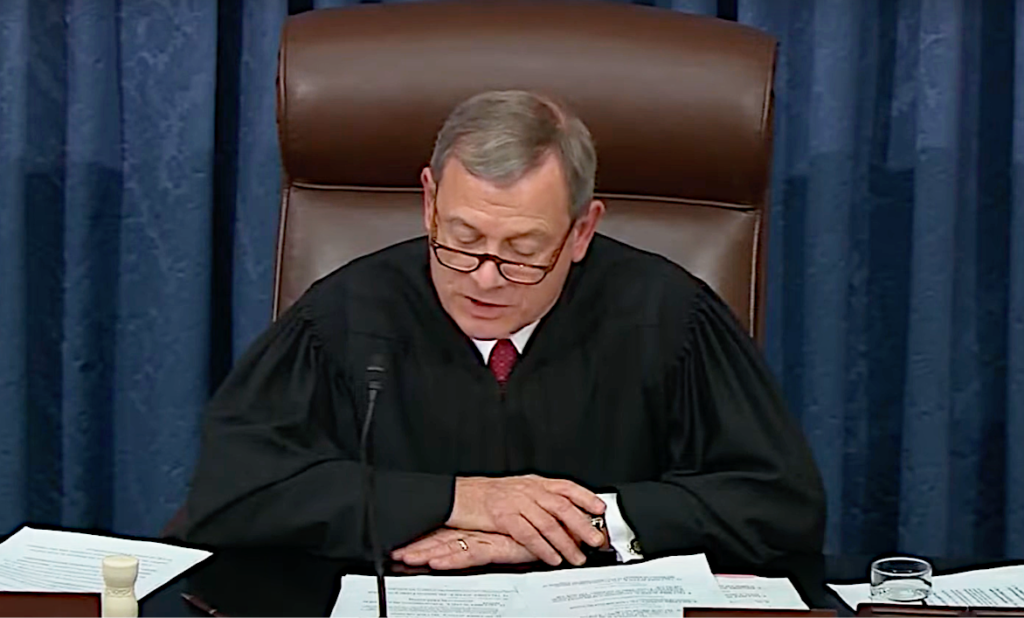
Roberts: The Sequel to the Same-Sex Marriage Dissent
Remember 2015, when Roberts lamented the five-justice majority that legalized same-sex marriage, accusing them of hijacking democracy? “Just who do we think we are?” he thundered back then. Fast-forward nearly a decade, and Roberts is back with a remix of his greatest hits. This time, he’s asking the same rhetorical question while steering the court toward a decision that could uphold state bans on gender-affirming care.
His argument? Doctors might know a thing or two about medical treatments, but legislators—those paragons of scientific rigor—should be the ones making decisions about trans youth care. After all, nine justices, none of whom hold medical degrees, are far too humble to interfere with the democratic process. Irony much?
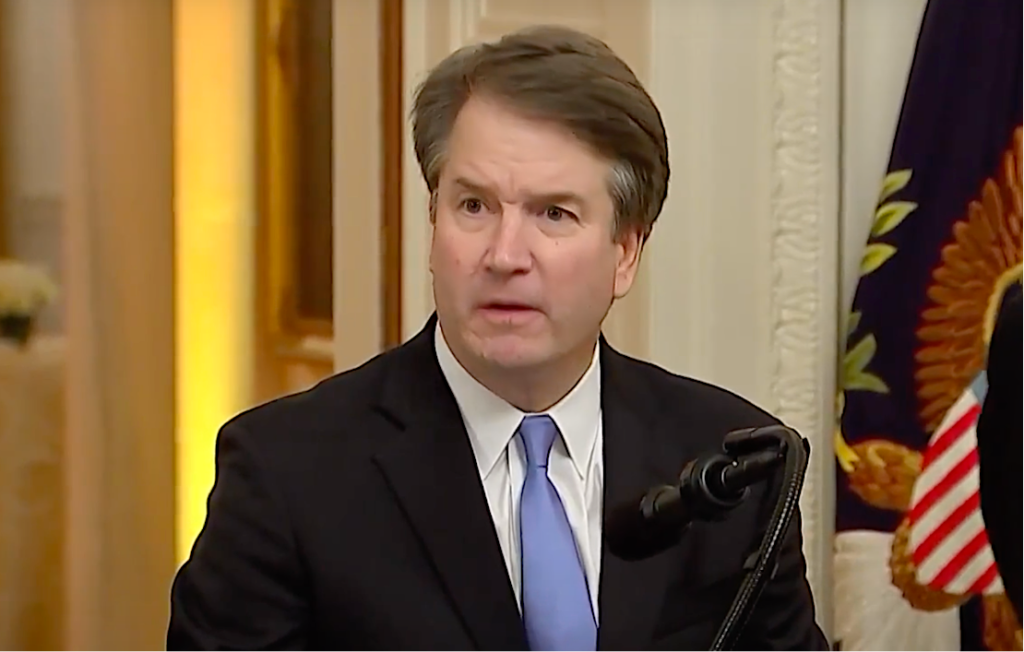
Kavanaugh’s “Lost Fertility” Fandango
Justice Brett Kavanaugh, ever the dance partner to Roberts’ choreography, posed the ultimate existential question: Who decides? He dove into the murky waters of fertility concerns and regret from de-transitioning, conveniently ignoring that these issues are often fearmongering tactics with minimal empirical backing.
It’s a classic move in the conservative playbook: inject hypothetical harm into the debate to justify sweeping bans. Kavanaugh essentially argued, “Let’s leave this to the people,” which, translated, means, “Let’s let states like Tennessee decide whose rights are valid.”
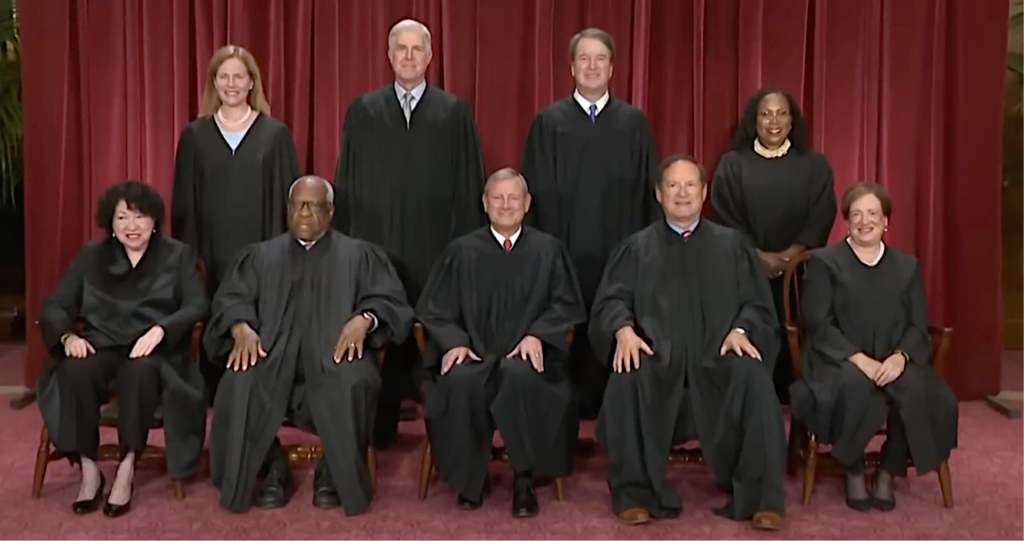
The Liberal Bloc Fights for Facts
Meanwhile, the court’s liberal justices—Sonia Sotomayor, Elena Kagan, and Ketanji Brown Jackson—fought valiantly against the tide of judicial apathy. Sotomayor pointed to the very real harm caused by denying gender-affirming care, including increased rates of depression, suicide, and substance abuse among trans youth.
Video Simplified for All with “VIMEO”.Vimeo is on a mission to simplify what it takes to make, manage, and share video—all in a single, easy-to-use platform.
Take 10% off all Vimeo Annual Subscriptions with code: GETVIM10
Kagan dismantled the state’s argument that this ban isn’t about sex but about “medical regulation.” She called out the logical somersaults Tennessee performed to cloak their ban in pseudo-concern for minors while blatantly discriminating based on sex.
The Roberts Court’s Evolving Standards
Roberts hinted at where the court might land, leaning into the “evolving standards” trope. He acknowledged the technical complexity of the issue but suggested the Constitution’s equal protection clause might need a timeout in the medical arena.
In response, Solicitor General Elizabeth Prelogar reminded the court that equal protection doesn’t go on vacation just because the issue is complicated. She argued that banning care for gender dysphoria while permitting similar treatments for other conditions is textbook sex-based discrimination.
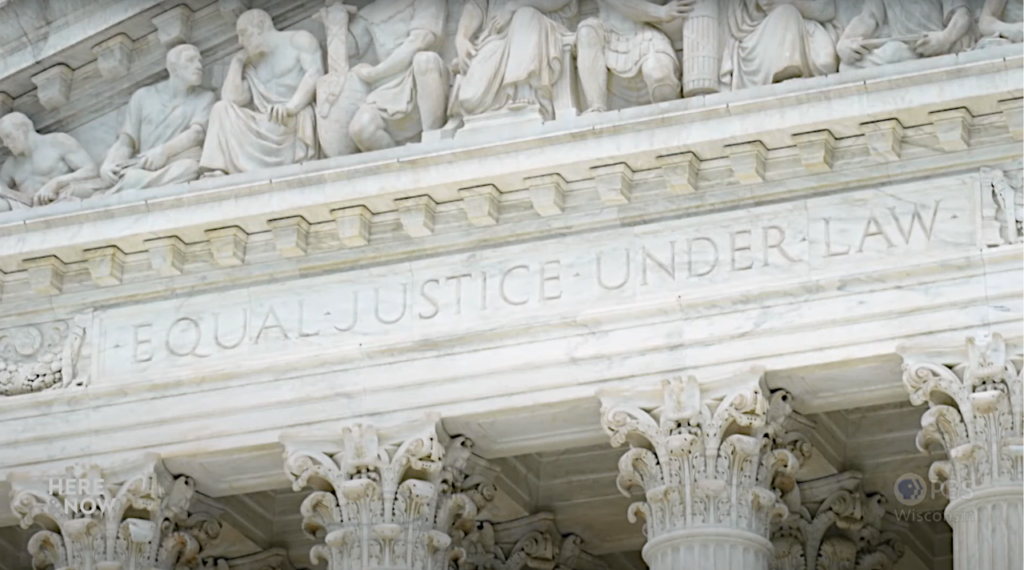
A National Snapshot of Anti-Trans Legislation
This case isn’t an outlier. Over the past three years, more than 25 states have enacted laws targeting trans individuals, with bans on care for minors leading the charge. What’s at stake isn’t just the health and well-being of trans youth but whether the court will uphold a precedent of judicial scrutiny when equal protection is on the line.

A Culture War Disguised as Medical Concern
As Tennessee’s solicitor general argued the state’s case, it became clear this wasn’t about protecting children—it was about political ideology. The ban explicitly targets treatments for gender transition while allowing them for other purposes, such as precocious puberty. The message? If you’re trans, your medical needs are up for debate; if not, carry on.
The Takeaway: Who Decides, Indeed?
As the court deliberates, Roberts and the conservative bloc seem poised to send a clear message: democracy, flawed and fraught, is the ultimate arbiter of rights—unless, of course, you’re a marginalized community seeking equal protection.
But here’s the rub: leaving rights up to the majority has historically failed the very people most in need of protection. Whether it’s marriage equality or access to gender-affirming care, the court’s role is to uphold constitutional guarantees, not rubber-stamp popular prejudice.
So, just who do we think we are? Hopefully, a nation that recognizes that fundamental rights aren’t up for debate—even if Roberts thinks otherwise.

